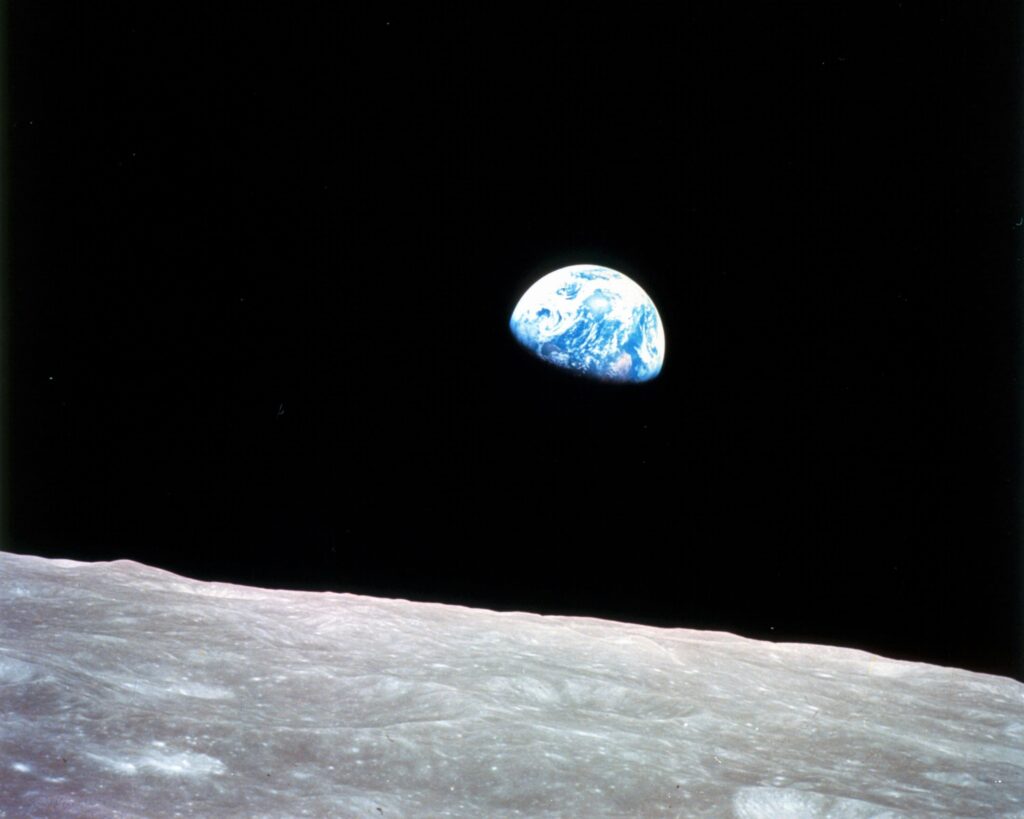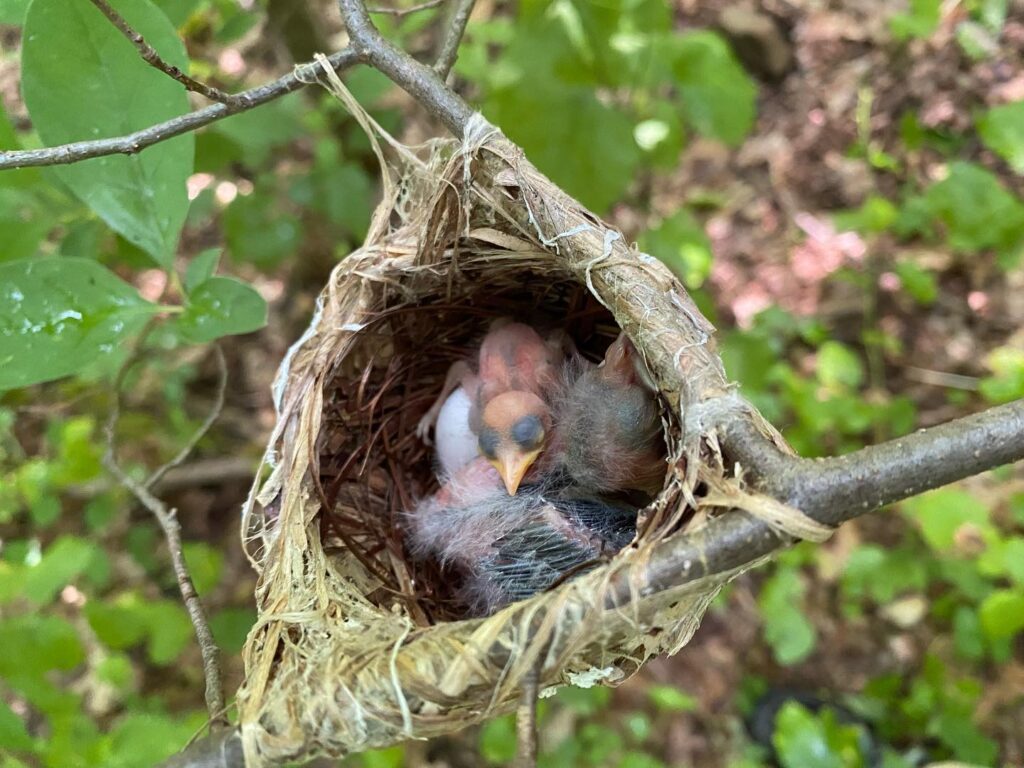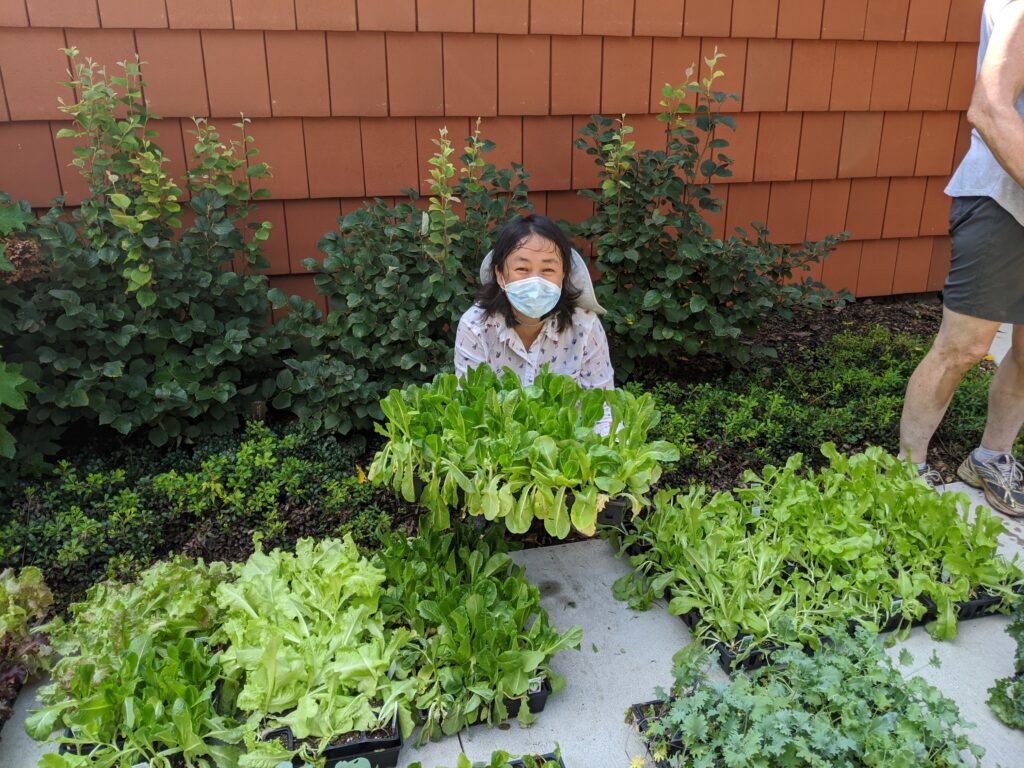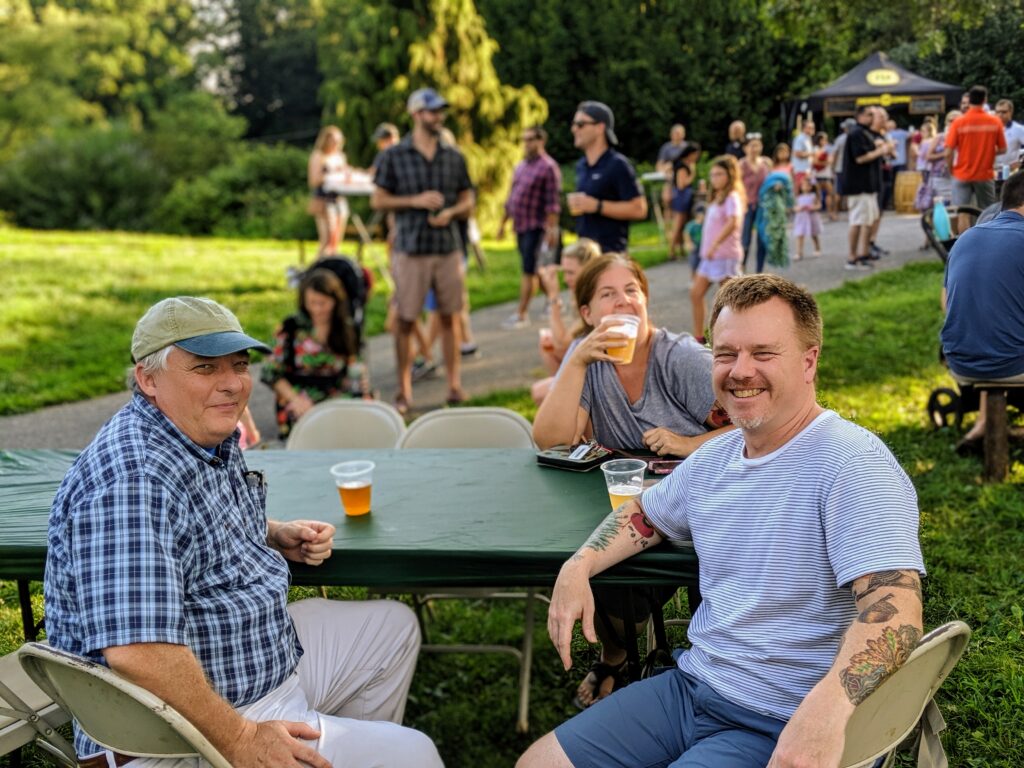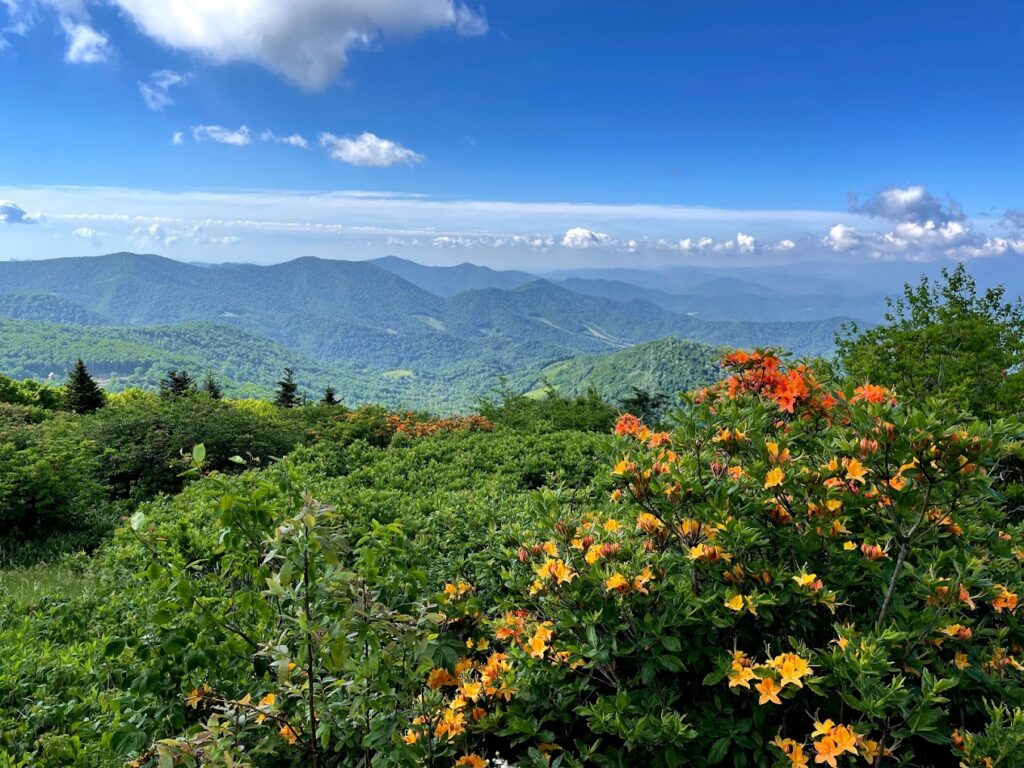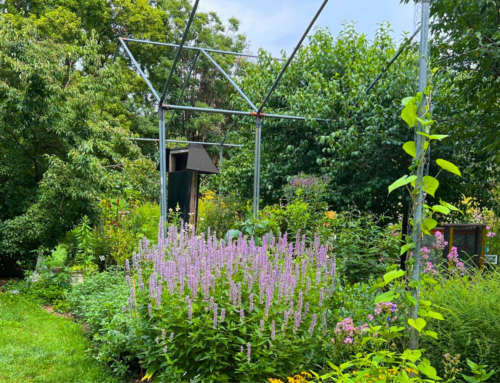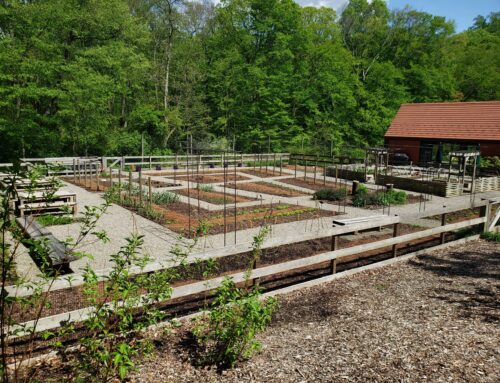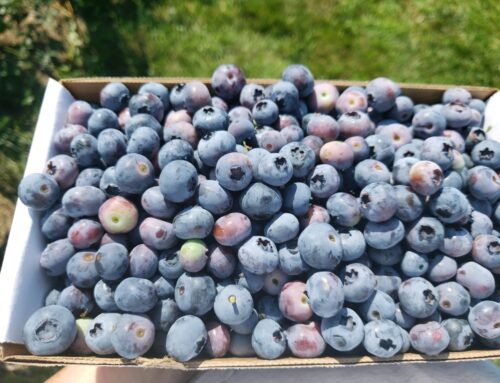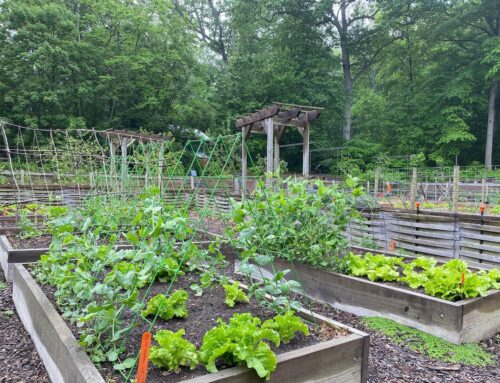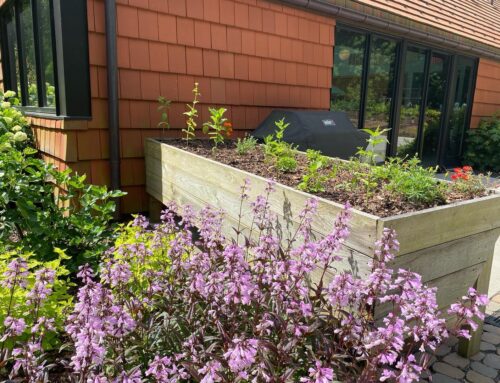The Earth is sending us a message. One World – One Health – One Future.
The first Earth Day occurred in 1970, just two years after William Anders took the photo Earthrise during the Apollo 8 mission. This image, taken from lunar orbit, shows the fragile and finite Earth shining blue and green in the dark silence of space. For the first time, we could see the entirety of our world – and all its life, noise, and growth – in one image. It was as if the Earth was sending us a message – I am all we have.
On that first Earth Day, 20 million people nationwide attended inaugural events at tens of thousands of locations. Across America, people spoke out, advocating for preserving our fragile – and infinitely precious – planet. Their advocacy forced a conversation about caring for our environment into the national agenda. On December 2, 1970, the Environmental Protection Agency was formed.
Thanks, in part, to this new agency, environmental awareness grew. The Clean Air Act of 1970, the Clean Water Act of 1972, and the Endangered Species Act of 1973 addressed how we could preserve the planet we call home. The world has changed since then, and we have taken tremendous steps in the past five decades.
In those 53 years, our lives became more global. We went from communicating via mailed letters, radios, and wall-mounted telephones to carrying small computers in our pockets that can text, email, send social media messages, and call our friends and family every hour of the day. We now perform jobs where we can routinely interact with people via video chat worldwide. A traveler can board a plane on one continent after breakfast and disembark on a new one in time for dinner.
The lockdowns initiated by the COVID-19 Pandemic forced us to hit pause for the first time in a century. These lockdowns led to “the longest and most coherent global noise reduction in recorded history” – an up to 50% reduction in seismic noise. But, In that quiet, what did we see, feel and hear? What did we notice about the environment and our communities?
In that stillness and quietness, hopefully we heard the Earth communicating a message to us. In 1970, CO2 levels in the atmosphere were 325 parts per million. In 2022 they reached a staggering 417.2 parts per million. The Earth has lost roughly 1.4 million hectares of forest a year – a total of 81.7 million hectares of trees from 1960 to today. New pest insects have moved into local forests, and new diseases erupt and circle the globe. Species have disappeared, and wildlife populations have declined. Even the sound of our environment has changed. The 20th Century was the noisiest on record – at least with regard to man-made sound. In the midst of all that noise, we’ve found that the other voices in the ecosystem – the insects, birds, and animals – have grown quieter over the past 25 years. Our lives have become busier and louder, even as the sounds of the natural world begin to fade.
In our communities, there is increasing financial stress as we prepare – or fail to prepare – for climate emergencies. We see instability in our food systems, leading to hunger for our friends and neighbors. Globally, human life expectancy has declined in the past two years – the first time we’ve seen that trend since 1950. This is partly because of the COVID-19 Pandemic; but the noise, the frantic activity of our daily lives, and our disconnection from the natural world have negatively impacted our health. Stress and anxiety have become close companions for many people around the globe.
The Earth is sending us a message. Our wellness – and the wellness of the planet – are at stake. As we build a new normal following the acute chaos of the COVID-19 Pandemic, what we do with that message is up to us.
Earth Day 2023 is a time to look back and reflect on all we have accomplished, everything we have experienced, and all we stand to lose. It is a time to look, listen, and learn from the messages the Earth sends us daily. It is a time to look forward into the future, and to give our communities and ourselves the space to make a deliberate decision. What do we want the future to look like and how can we make it happen?
The world comes alive in the spring – a crescendo of frogs calling, birds returning, flowers blooming, and leaves unfurling after months of winter stillness. Dusk on those spring days is often one of the richest moment to see and hear the natural world awaken. It is the time to gather as a community, to connect with one another as we emerge from our winter stillness. It is a time to reflect on the past winter and plan for the coming season. These early spring evenings are often the best times to connect with the natural world and the beauty and diversity around us.
At the Sounds of Spring Fireside, you’ll have the opportunity to meet Tyler Volunteers on hand to share the hard work they do each year as part of several different citizen scientist projects. Wildflower Guide Dick Cloud will lead you through our North Woods to share the beauty of the ephemeral spring-blooming wildflowers, a rare treat to see in the golden light of early evening. You’ll stroll up to our ephemeral pools around the Scenic Loop with scientist Sue Fredrick to listen to the chorus of spring frogs and see their eggs and tadpoles. PA Master Naturalist Eric Long will share how bird populations have changed and how we can help them survive. Bird guide Dave Eberly will help you experience the evening chorus of birds. For our littlest visitors, we will have story time with Miss Louisa and s’mores for everyone to share. In the Barn Loft, we will display images of the ecosystems that make up Tyler, taken by Dick Greenwood, Barry Rubin, Dave Charlton and Dave Eberly as well as fiber art by Dr. Laura Guertin. You’ll also be able to share your own message to this precious planet we call home.
The 21st Century is young, and its future is in our hands. If we have learned from the five decades that have passed since that first Earth Day – or from the past three years of living through a global pandemic – we need to reflect on those lessons and move forward. It is time to inspire the next wave of environmental change for every individual and every community across the globe. Join us at Tyler to connect to what the Earth tells us – so we can work together to grow a more sustainable future.


